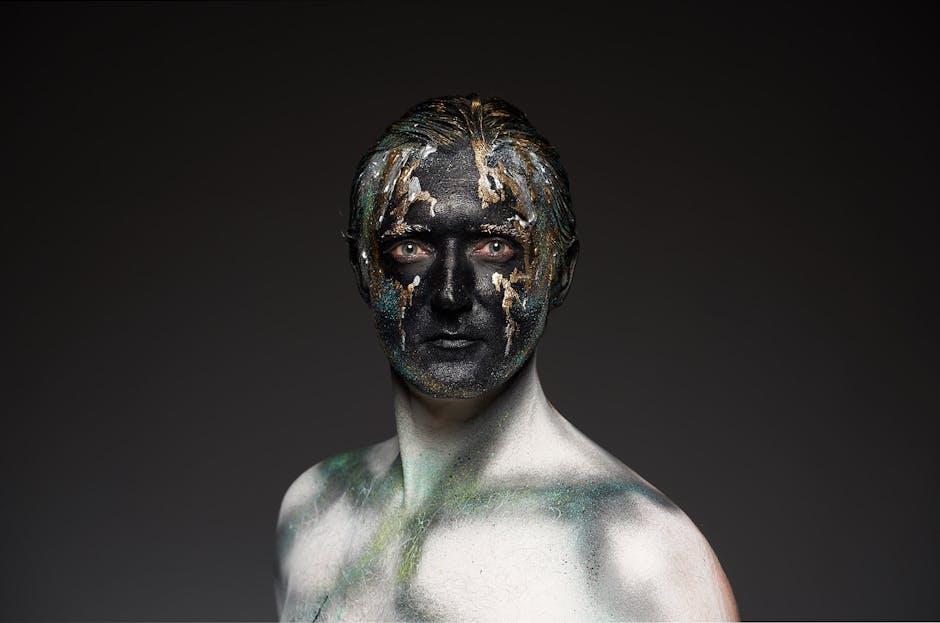
The Enigmatic Allure of René Magritte's The Son of Man
René Magritte's masterpiece, The Son of Man, holds an enigmatic allure that continues to captivate art enthusiasts worldwide. This iconic painting, created in 1964, showcases Magritte's unique artistic style and his fascination with the interplay of reality and illusion.
The Son of Man depicts a suited man with a green apple obscuring his face. This provocative choice of subject challenges the viewer's perception and triggers a sense of intrigue. Magritte's intention behind concealing the man's face remains ambiguous, allowing room for personal interpretation. Some argue that it symbolizes the concealment of one's true identity, while others propose that it represents the universal struggle to understand oneself.
Magritte's use of meticulous detail and realistic rendering of objects adds to the painting's enigma. The juxtaposition of the apple, a common object, and the anonymous figure in the suit creates an uncanny visual experience. The crispness of the apple contrasts with the faceless man, evoking a sense of mystery and a desire to uncover the hidden meaning.
Furthermore, the choice of the green apple is significant in Magritte's work. Green traditionally symbolizes nature and fertility, while the apple itself carries various connotations across different cultures. It ranges from biblical references, such as the forbidden fruit in the Garden of Eden, to associations with knowledge, temptation, and even mortality. By combining these symbolic elements, Magritte deepens the intrigue surrounding The Son of Man and invites contemplation.
The Son of Man has become one of the most recognizable works in the surrealist movement. Its profound impact on popular culture, including references in films, literature, and fashion, attests to its enduring allure. Magritte's ability to create a captivating composition that resonates with viewers on a deep level is a testament to his mastery as an artist.
